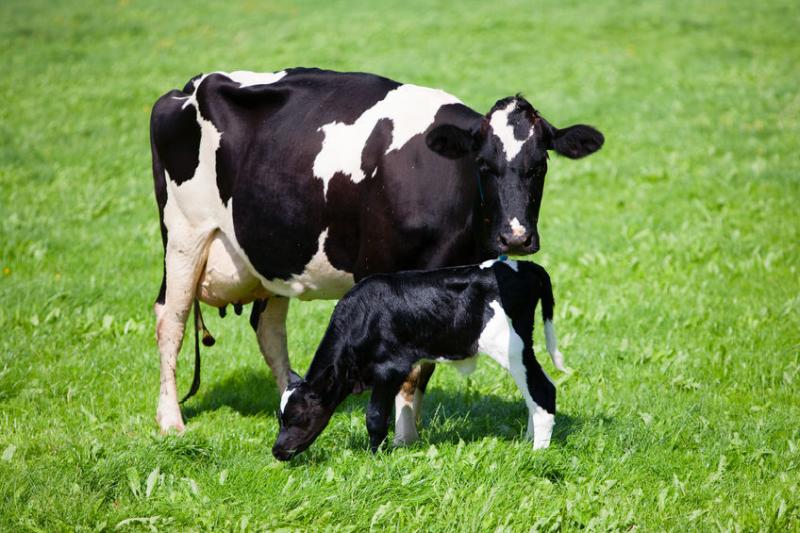
Lameness in dairy cows is set to reduce as farmers are now choosing bulls whose daughters are predicted to have 1.4% fewer cases of the dysfunction per lactation.
With lameness costing an average £180 per cow in extra treatment costs and loss of yield, this development will see improved cow welfare and lower costs for farmers.
The news follows the introduction of a dedicated genetic index last year.
Introduced last year, the Lameness Advantage genetic index combines type data for locomotion and Feet & Legs, bone quality scores, digital dermatitis records along with direct lameness recordings from National Milk Records (NMR) and Cattle Information Service (CIS).
Marco Winters, AHDB head of animal genetics, said: “Although it’s early days, it is great to see signs that the industry is making use of our new genetic index.
“The average bull used in May 2019 had a Predicted Transmitting Ability (PTA) of +1.4, with the 50 most used sires showing an even better lameness advantage of +1.6,” he said.
As genetic improvement of the national herd made today is both permanent and accumulates over generations, farmers can expect to benefit from their semen buying decisions for years.
Lameness Advantage was included in the national profit rankings - Profitable Lifetime index (£PLI), Spring Calving Index (£SCI) and Autumn Calving Index (£ACI) – in August 2018.
The trait is available for all breeds of bull evaluated in the UK and genomically evaluated Holsteins.
Updated figures will be released by AHDB Dairy with the next proof run scheduled for the 13 August.
